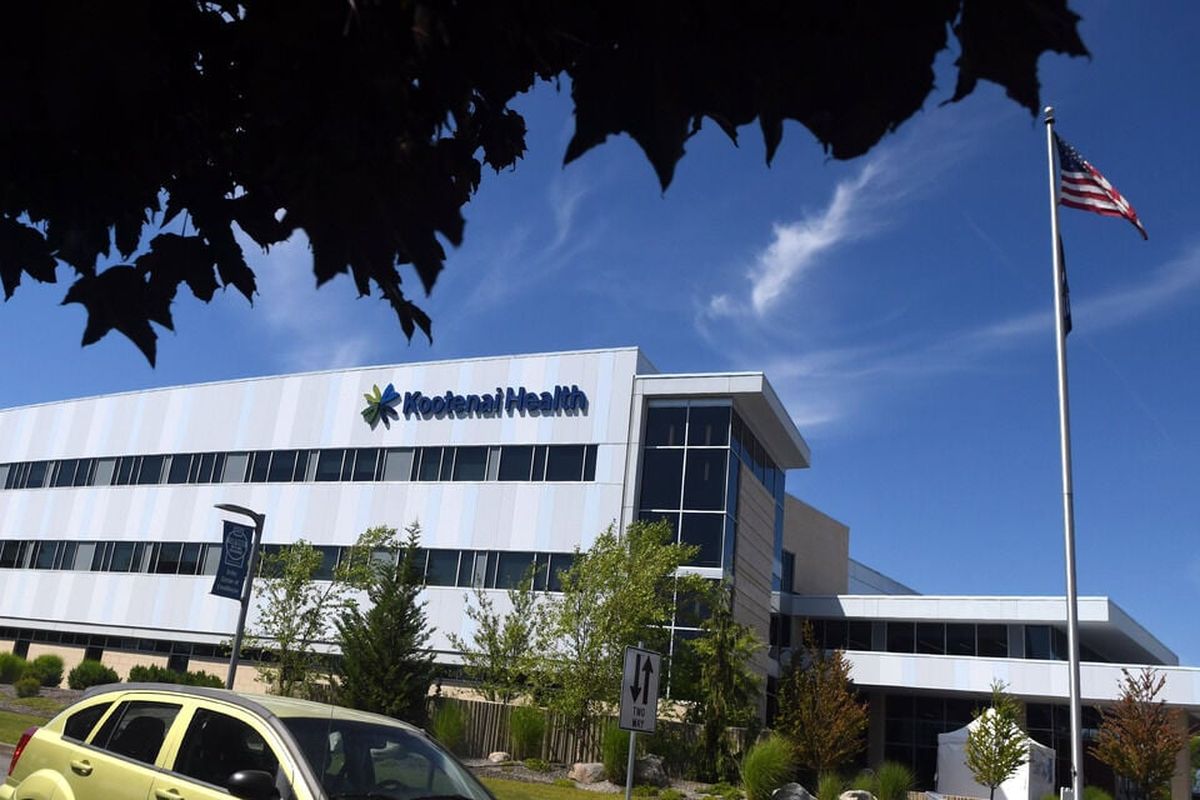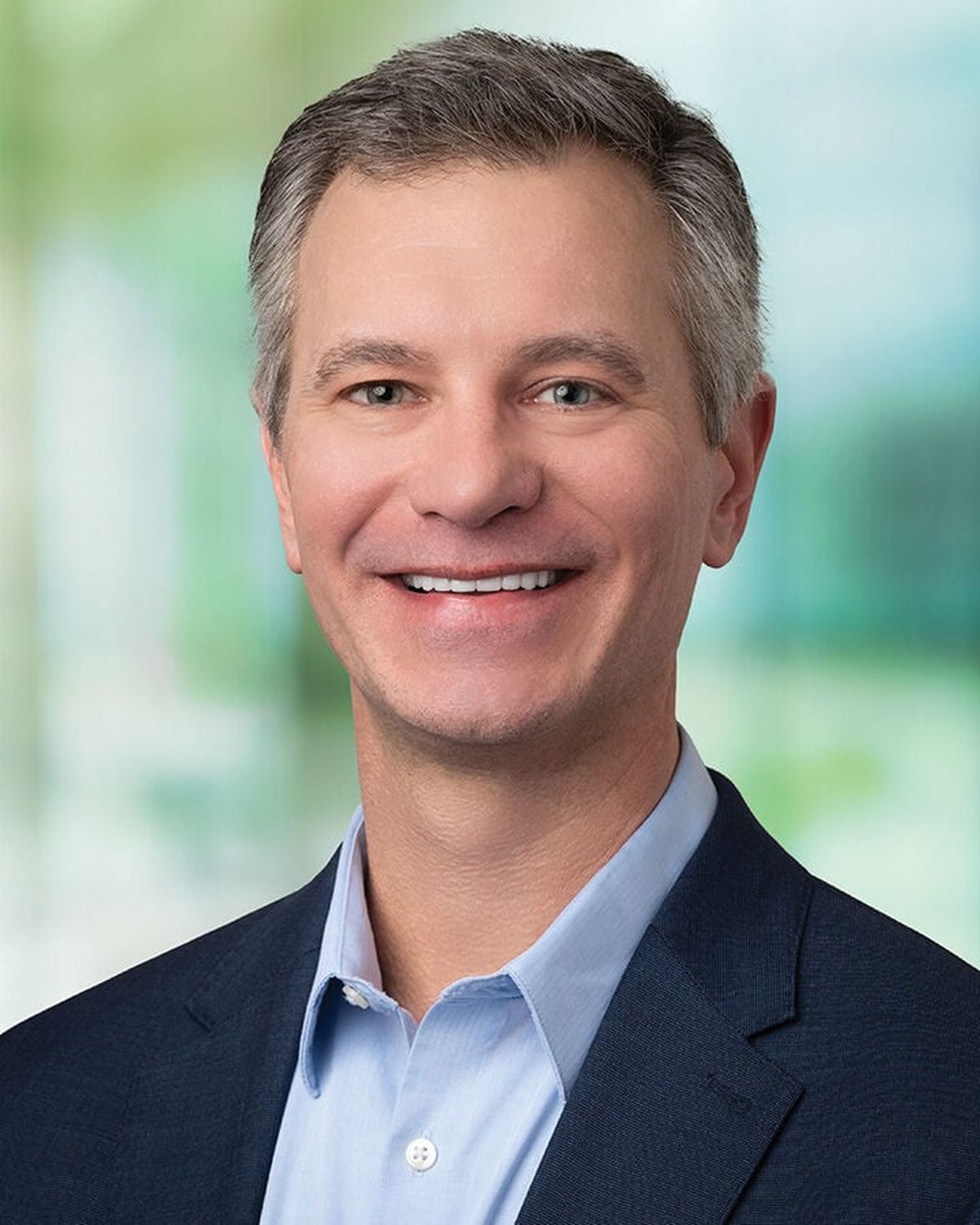Kootenai Health makes change from public-district hospital to nonprofit ahead of new CEO this spring
Kootenai Health has transitioned into a private nonprofit hospital system. (Kathy Plonka/The Spokesman-Review)
Kootenai Health enters 2024 with big changes, including its Jan. 1 transition from a public hospital district to a private nonprofit to operate Coeur d’Alene’s 397-bed hospital, two rural facilities and more than 20 clinics.
Now, after a six-month national search, Kootenai Health chose Jameson “Jamie” Smith of Denver as its next CEO, replacing retiring leader Jon Ness, who began as CEO in 2010. Smith will start March 11.
Smith has spent the past eight years as president of Denver’s Saint Joseph Hospital, a 400-bed faith-based teaching hospital as part of Intermountain Health, a regional nonprofit health system. Smith also works as CEO of Saint Joseph’s joint operating agreement with National Jewish Health, a top respiratory and pulmonary hospital.
“Kootenai Health is very unique, and it is well-positioned for its next phase of growth,” Smith said in a news release.
“Jon Ness brought a vision to enhance and expand health care in northern Idaho so Idahoans could receive the care they need closer to home. I intend to continue to enhance this strategy … .“
Ness oversaw Kootenai’s growth from a community hospital to a regional medical center for 10 counties in North Idaho. It is now Idaho’s third-largest health system, with more than 4,000 employees. The system includes Saint Mary’s Health in Cottonwood and Clearwater Valley Health in Orofino.
Nonprofit hospital systems are the most common legal structure for U.S. hospitals, similar to Providence, MultiCare and the Mayo Clinic, Ness said in a Dec. 21 Spokane Journal of Business article.
“The political environment in North Idaho is such that our board’s view – and I agree with it – is that health care already is expensive for people. The view is that we’re here to serve the community. We’re not here to tax them. As a result, every year in June, the board passes a resolution not to use the taxing authority.”
In the past 20 years, the majority of hospitals in Idaho and nationally – especially those in larger, more competitive markets – have moved to nonprofit models.
Among about 6,000 U.S. hospitals in 2021, nearly half were not-for-profit private corporations, Ness said. About 25% were public hospitals and mostly small.
The public hospitals are typically owned by counties and have a hospital district, which can tax the community to generate operating funds.
Kootenai Health hadn’t used its taxing authority – limited to Kootenai County – since 1995.
Because of COVID-19, Ness has said Kootenai lost about 1,000 employees from stress, fatigue and safety concerns. Last year was the first year Kootenai Health lost money, he told the Coeur d’Alene Press. “And the reason we lost money was we spent $70 million on nurse traveler arrangements.”
He said Kootenai has since turned that around, hiring about 940 new employees by last fall and adjusting its compensation rates for clinical staff to a benchmark using Spokane wages instead of Idaho.
Compared with 2010, Kootenai Health has more than doubled its revenue, according to a report for the nonprofit conversion. It has about 60,000 visits a year to its emergency department.
It operates a Level 3 trauma center, Level 3 Neonatal Intensive Care Unit and programs for cardiac care, orthopedics, neurosciences, oncology, women’s health and children’s services and behavioral health.
With the transition to nonprofit, patients won’t notice a difference in daily operations, Kootenai spokeswoman Caiti Bobbitt said.
“There are very few district hospitals left in the country, and we were the only one that didn’t use our taxing authority,” said Bobbitt, adding that today, the tax rate would generate only about $400,000.
The nonprofit status became an option after the Idaho Legislature passed a bill in 2022 allowing district hospitals to transition.
The Kootenai Health board voted in May to convert the system to the nonprofit status.
Ness has said that as a district hospital, all board meetings had to adhere to open meeting policies, which competitors could easily access.
Ness, 67, has said he’ll remain until Smith’s arrival.
Smith, who has worked 25 years in health care leadership, started his career as active duty Medical Services Corps officer in the U.S. Army. He spent two years at Walter Reed Army Medical Center in Washington, D.C., and two years in the 1st Cavalry Division in Texas with the rank of captain.
He got a master’s degree in business administration from the University of Texas at Austin. His bachelor’s in economics is from Trinity University in San Antonio.
Smith said he and his family enjoy the outdoors. His wife, Anne Smith, is a nurse, and the couple has three school-aged children.

